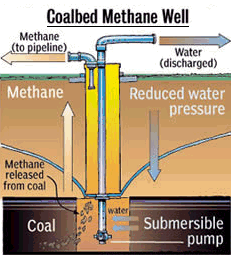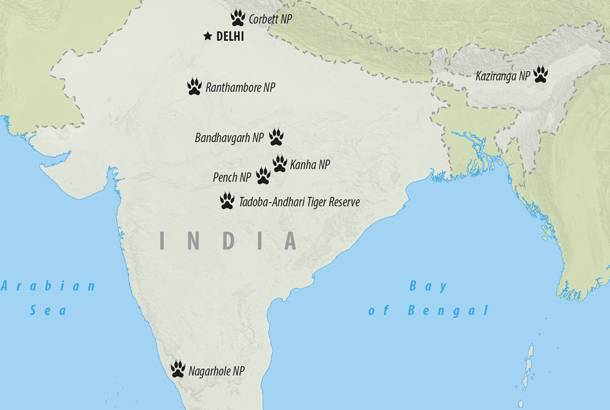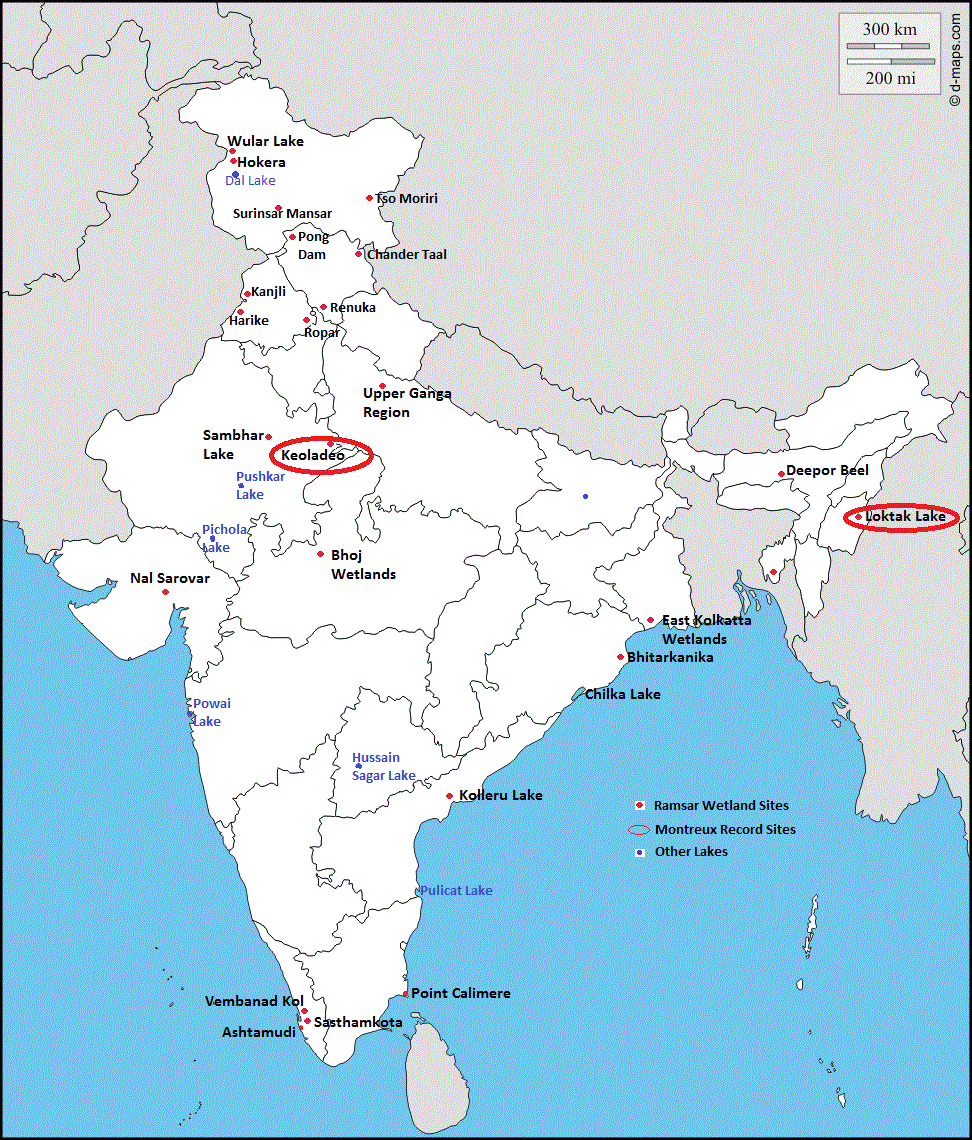900 319 0030
enquiry@shankarias.in
Power to withdraw a case
Protecting heritage along the Hoogly River
Online dashboard to monitor public grievances on real time basis
Coal Bed Methane (CBM)

Tadoba Andhari Tiger Reserve

Pharma waste threatens world’s rivers
Map of the Day
India Important wetlands

Source: PIB, The Hindu, Indian Express